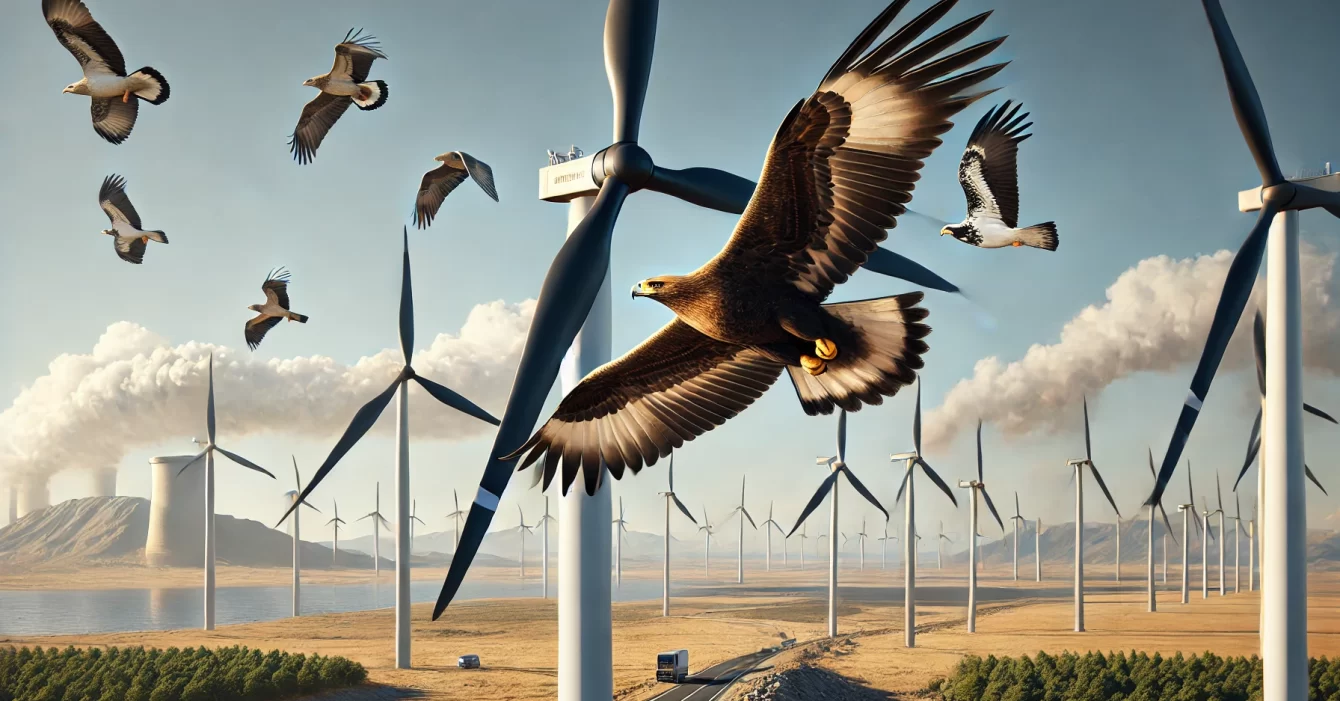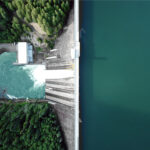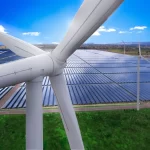Recently, I came across a heated discussion about wind turbines and their impact on bird populations, especially endangered species. The comments ranged from downplaying the issue by comparing it to other bird mortality causes (like cats and buildings) to outright condemning wind energy as an ecological disaster. This polarization often overshadows the more nuanced and productive conversation we should be having.
Understanding the Impact
It’s a fact that wind turbines do cause bird fatalities. Estimates suggest hundreds of thousands of birds are killed annually in the U.S. due to collisions with wind turbines, with projections indicating this number could rise as wind energy capacity increases (1) (2). However, it’s also true that other human activities—cats, windows, and even fossil fuel extraction—kill far more birds each year (1) (2).
A Balanced Approach
Rather than pointing fingers or dismissing the issue, we should focus on solutions. Wind energy is not a perfect technology; it’s part of our broader strategy to combat climate change. The key is to address its downsides while leveraging its benefits. It’s sad that we’re so combative on issues that have simple solutions. For example, painting one of the blades black can reduce bird fatalities by over 70% (1). It’s quite scary how this division blinds people and prevents addressing the issue effectively.
Innovative Solutions and Mitigation Strategies
Several strategies are already showing promise in reducing bird fatalities at wind farms:
- Improved Siting: Careful placement of turbines away from key migratory routes and habitats can significantly reduce bird collisions (3).
- Technological Innovations: Innovations like painting one blade black to increase visibility have reduced bird deaths by more than 70% (1).
- AI and Monitoring: Using AI to detect and slow down turbines when birds are near is another emerging solution (1).
Ecological Consequences of Ignoring the Problem
If large, endangered bird species are significantly affected, the repercussions on food chains and ecological balance could be severe. Predatory birds play crucial roles in controlling populations of smaller animals and insects. A decline in their numbers could lead to overpopulation of these prey species, which in turn can devastate local flora and disrupt entire ecosystems (4) (5) (6). For instance, the extinction of predatory species like eagles can lead to an overpopulation of their prey, such as rodents, which might then overconsume vegetation, leading to soil degradation and reduced plant biodiversity (7).
The Need for Pragmatism
We must acknowledge the issues with wind energy without allowing them to derail our progress towards cleaner energy. Criticism is vital, but it should be constructive, aimed at improving technologies and mitigating their negative impacts.
In conclusion, the debate around wind energy and bird fatalities shouldn’t be a zero-sum game. We need to recognize the legitimate concerns while actively seeking and implementing solutions that allow us to move forward with renewable energy responsibly. Let’s focus on collaboration and innovation to ensure that our push for clean energy doesn’t come at an unacceptable ecological cost. The solutions might be simpler than we think if we remain open to them.
Sources




